United Airlines Executive Vice President and CFO Michael Leskinen spoke at the Barclays 42nd Annual Industrial Select Conference on Wednesday. And it isn’t often you hear the CFO of a major corporation pull his head up from the numbers and talk about the importance of making investments where you can’t quantify impact on driving profit.
The messenger here is just as important as the message in understanding United’s transition from a low quality commodity producer of airline seats to a premium player in U.S. and global air travel market.
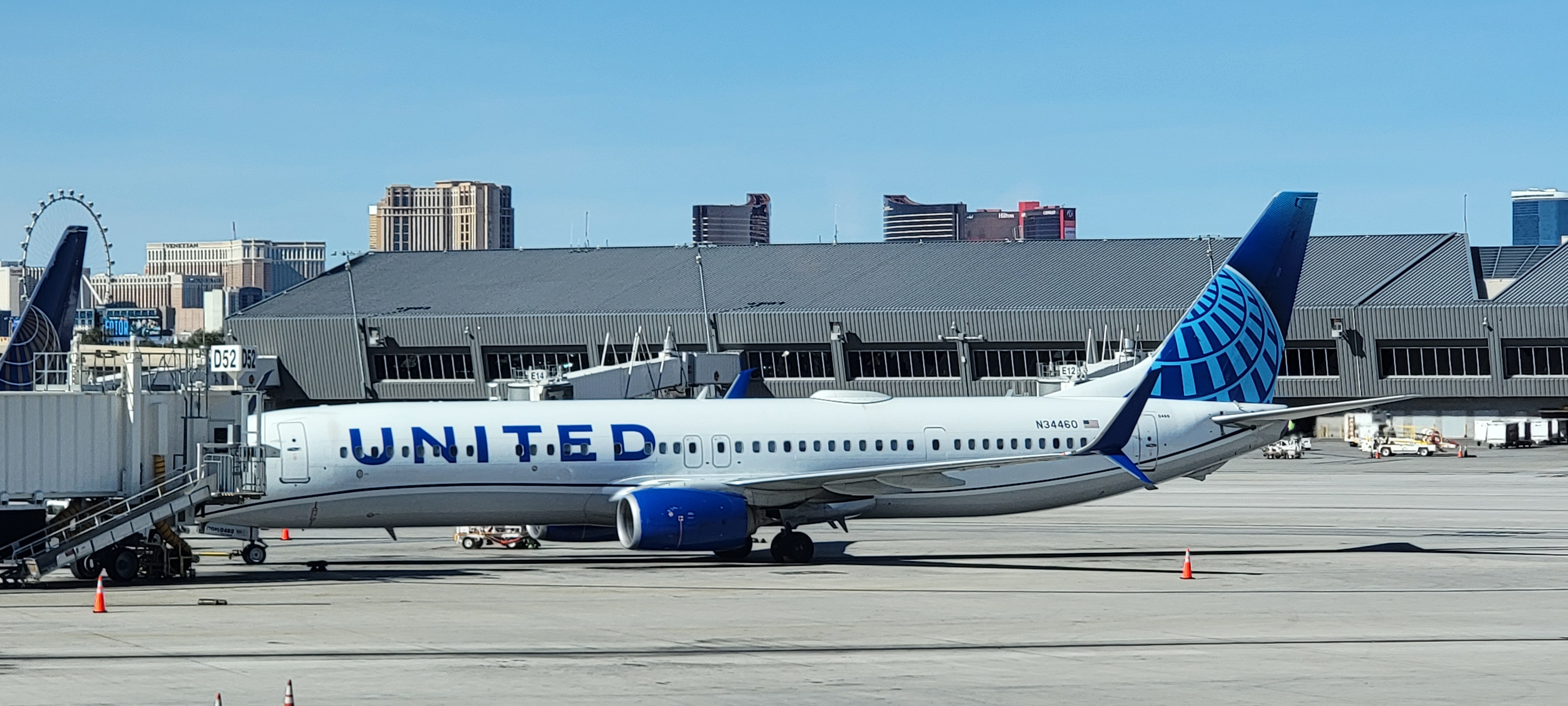
In some ways it’s also the story of Scott Kirby’s transition from American West and US Airways as someone who wouldn’t make investments until he saw direct results in the P&L, to an airline CEO that’s preached the importance of both growth and quality – that led the industry in eliminating change fees from most fares, and that made the decision to put seat back entertainment back into planes because most passengers fly in coach and it isn’t only premium cabins where you’re looking to drive a revenue premium.
Leskinen says that the airline industry is no longer about offering seats and competing only on schedule, price and reliability. Customers become loyal to product, so product matters.
It’s an industry that is transforming from that commodity business to one that is a brand-loyal business. It’s happened in the hotel industry. It’s happened in the cruise line industry. It is happening in the airline industry. Our customers are choosing to fly United because we’ve got a great loyalty program because we’ve got great hard product because we’ve got great food is we’re going to have the best WiFi in the business. All of that causing our customers to choose a differentiated experience. Not all of them, we still have some price sensitive customers and those customers are up for grabs. We got products to go after those customers competitively and at a profit.
Now, United doesn’t have the best seats but they have consistent seats. Their coach seats I find generally more uncomfortable than on many competitors. That’s a legacy of the Smisek era, though so too is the Polaris seat which was about a good-enough product that was still denser than the competition so you could squeeze in more seats while still offering flat direct aisle access. And I don’t know anyone who considers United’s food great.

However they have made real improvements in rolling out Polaris lounges, in continuing to offer great bedding (which began under Oscar Munoz nearly a decade ago) and launching a great wine program.
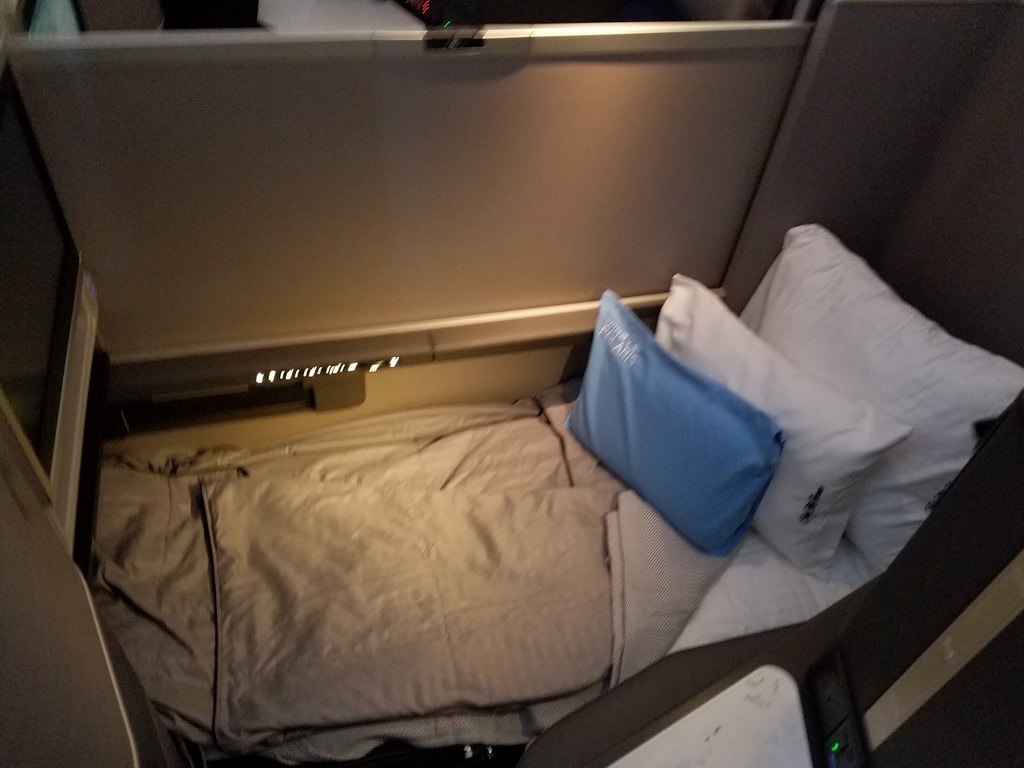
In economy they offer a quality buy on board selection. Plus, snacks like Stroopwafels and coffee from Illy are thoughtful amenities (though nothing like what Delta was doing in international before the pandemic).
I feel even better about the brand loyalty that we’re creating with the flying public, especially U.S. point of sale customers that once they have enjoyed our Polaris, Polaris lounges, our Polaris cabin, our improved food, our loyalty program, that we will have a permanent structural advantage in those brand loyal customers in the international lanes, even after there are more wide-body aircraft available.
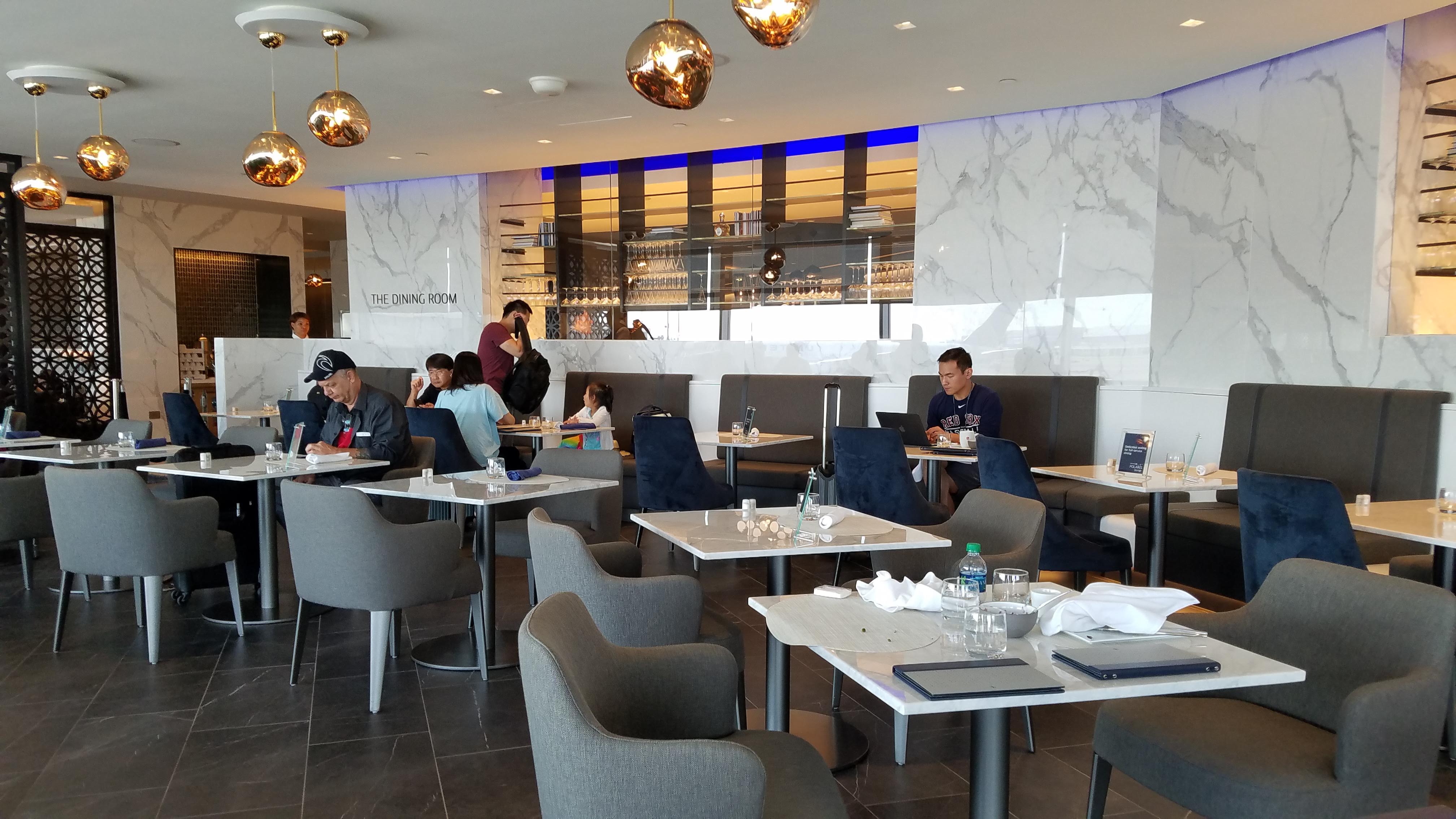
Leskinen outlines three kinds of costs – planes, labor, and airport-type construction projects where all carriers face the same inflation headwinds; variable costs where airlines can drive efficiencies such as aircraft utilization (spreading fixed plane and gate costs over more seats and flights); and soft costs that drive brand loyalty and revenue premium.
The third bucket is investments in our clubs, investments in our food, investments in our people, investments in our hard product. And a lot of these things you can’t put in a spreadsheet. I don’t know, I say what’s the impact of adding $50 million to food on NPS? Are we going to sell more tickets? Are be able to sell more [Audio Dip] because I improved the quality of the chicken that we have on our air. I think you should try to put some math around it. But in the end, this is about driving brand loyalty to United and those customers choosing to fly us because of that. And so you need to mix that in.
And what I will continue to reiterate in these public forums is that at United, we’re going to make sure that we put a healthy dose of that into our business, because that is precisely what is decommoditizing the business. That’s precisely what’s going to make our margins sustainable through a cycle. That’s precisely why when someone that doesn’t do that adds capacity into our markets, we’re not fearful that the customers are going to abandon us and go to those other airlines because we have a differentiated product.
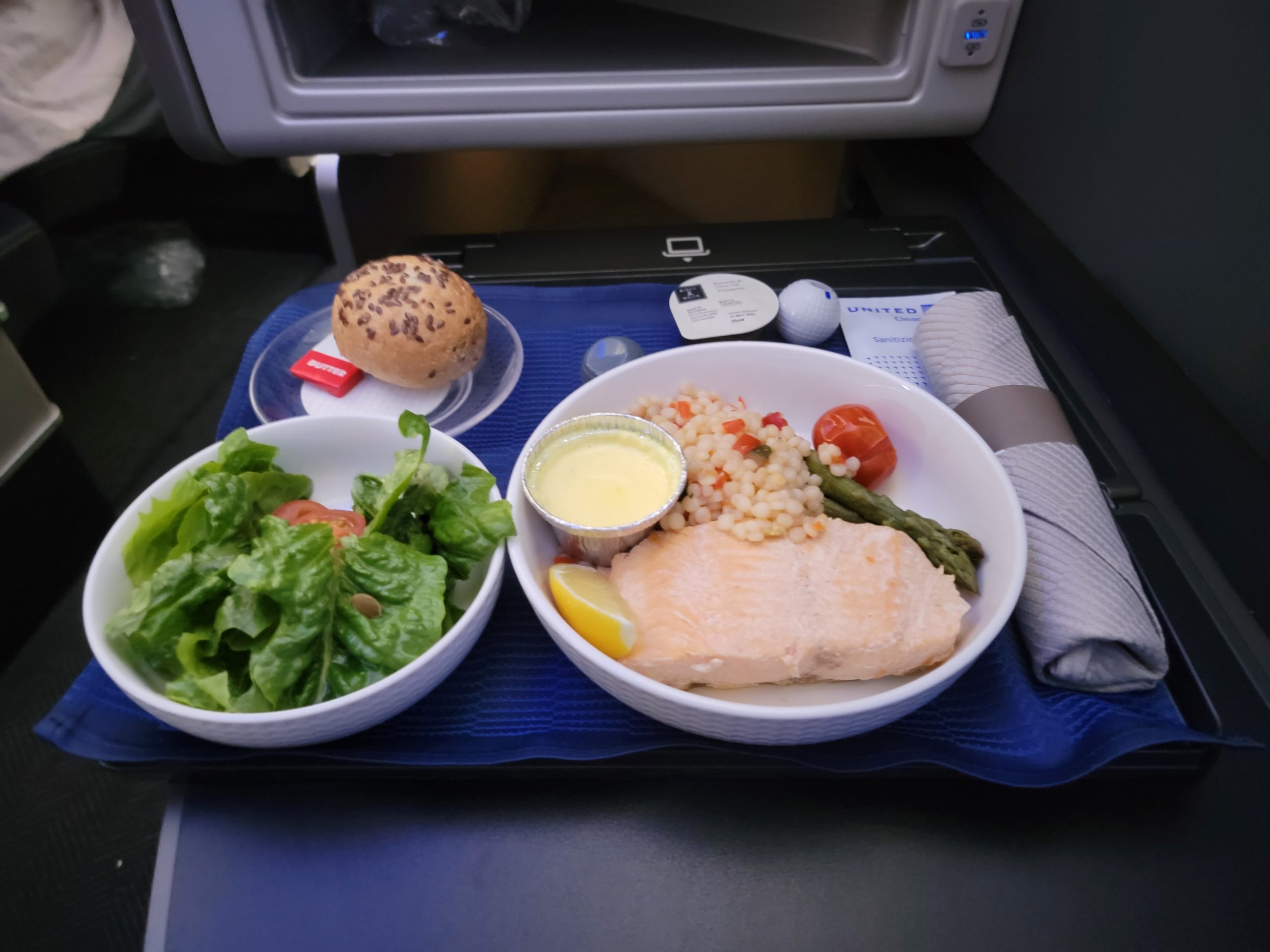
Driving brand loyalty is key to driving credit card revenue as well, because you wouldn’t otherwise have a reason to get and spend on an airline credit card. Not mentioned here, but it’s a big part of how United has moved past American in the last several years in spending volume on their card product.
When airlines launched frequent flyer programs, the hope was that customers would stick around for a less convenient flight a couple of hours later. That was the beginning of transforming commodity seats into a differentiated product. Now, airlines are differentiating the airline product in order to turn commodity frequent flyer programs into ones where consumers are brand loyal (to the credit card).
This is incredible asset hidden within United Airlines. It’s an asset that is dependent on brand loyalty. The brand loyalty that we’ve been talking about all day today. That’s what drives the program. That’s why you want to have a United card instead of a cash back card.
And so as we improve our product offering for price sensitive road warriors to premium customers, but we increase that loyalty to United, the value we have as partner expands. And we’ve got a fantastic relationship with Chase, improving best certainly been in my time at United. And so, I think there’s tremendous opportunity for us to expand to grow that program more and to grow the profitability to United more.
In addition to that underlying growth rate in the loyalty business, we have an opportunity through Connective to drive smarter monetization and ads on our aircraft. And so you’re going to see that it’s something unique that United is doing.
And I think that it’s something that will be unique to United for as long as we have a major advantage with Starlink. The low latency nature of that Wi-Fi allows us to sell advertising revenue in a way that you can’t do with slower higher latency Wi-Fi. So really excited about that piece of the business. So the core business, the path to doubling of EBITDA, the path to growing earnings at a of that subsidiary, an accelerated rate, have never been more confident.
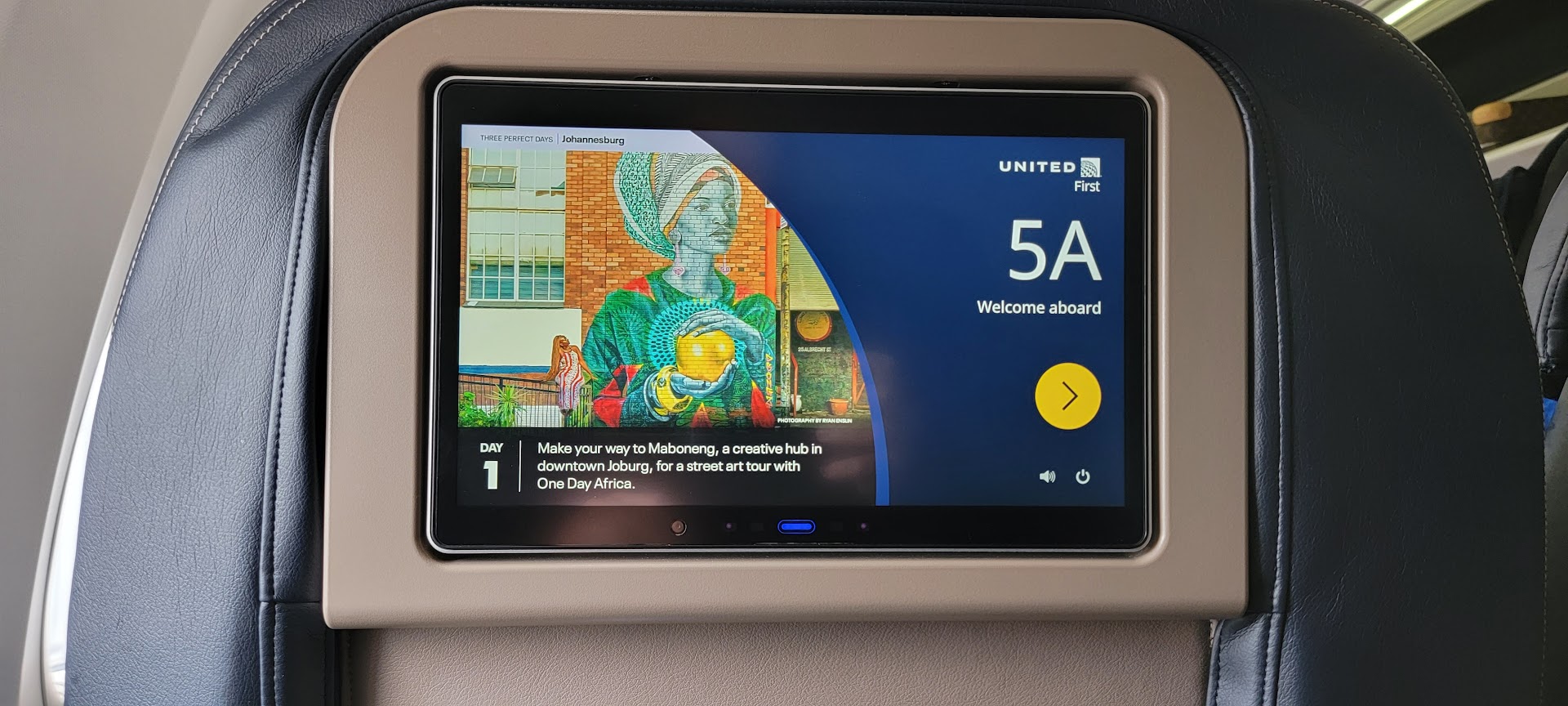
American charges more for wifi than any other U.S. airline. Delta uses wifi to drive loyalty program signups, to market credit cards. United is going to move in the same direction, and they’re also monetizing in-seat eyeballs of connected passengers.
Those plays make free wifi better, especially since as I observed nearly 15 years ago that marginal cost approaches zero when bandwidth is no longer a constraint and under that conditions it’s a profit-maximizing move to bundle wifi with airfare rather than selling them separately.
So some of the moves to offer a better experience are clear from theory, like free wifi, but the message of the CFO at United is that you can’t reduce everything to a variable in a spread. You have to make investments that seem to make sense in order to differentiate the product and drive consumer loyalty in order to attract a revenue premium as well as co-brand credit card spending.
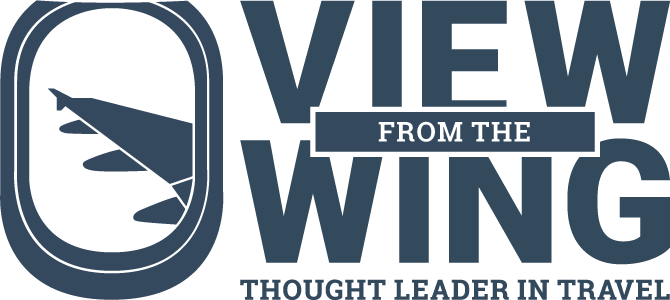

Now if United actually improved its food and plated meals in business class, they’d go a long way to loyalty in my view.
I recently broke my leg. I live in DFW, my daughter in northern Virginia, and my son in the SF Bay area. My daughter was the one easiest able to take time off to get me to surgery. She planned to take American from DCA on an early Thursday flight, but external events made it so that there would not be any early flights out of DCA that Thursday.
We talked late Wednesday, and United still had seats on their IAD/DFW flight that Thursday. American tried to rebook her for Friday. She paid for her own ticket, but I flew her husband out on United on my miles. Having a United card made the tickets cheaper. I also flew my son out for a couple of days on my miles.
It was important to me that United was able to accommodate all of that travel. Yes, the in-flight benefits were important, but the card allowed for some important flights to be economically purchased.
Closing the DCA-adjacent helicopter route until they can figure out how to avoid close calls has stopped making DCA a potentially unsafe airport to use, but that was also a concern during those early days. Having United miles to spend helped avoid that mess.
Has United rescued its passengers stuck in Newfoundland yet?
Interesting how Kirby has gradually shifted from soulless bean counter who would never, ever invest a cent in anything that wouldn’t tangibly earn a profit towards the Oscar Munoz view of providing a better product, which in turn will draw more passengers and earn more money. I’m still leery of trusting Kirby after all the ways he’s made things worse for passengers in general and me in particular but even when he’s charging off in the completely wrong direction at least he’s showing leadership which is more than you can say for American in the past decade or so.
On-Time-Performance before chicken. What “reliability” is he puffing about? “Its just math.”
Loyalty is a two-way street. United betrayed people who paid serious money for Lifetime United Club memberships, adding a network ticket purchase requirement which was never part of the deal.
Reverse that mistake, as AA and DL did, then we can talk.
I think his talk is better than what the actual product they are currently offering is, but I appreciate that they recognize that differentiating their product is important. Meanwhile over at AA…
You have to have some bells and whistles in the premium cabins if you want to promote loyalty and build a competitive edge. When pricing is tight between carriers and the other guys have better food etc…, the other guy gets the ticket sale. You have to have something to attract the consumer. The food on United has improved a bit, but it’s not where it should be yet.
Interesting. You say that United has some of the most uncomfortable seats. I guess it is matter of individual perspective. I flew on Delta’s 757-300 in comfort plus Atlanta to Seattle. I honestly felt more comfortable in United’s economy plus seats. I also felt like Delta skimped on the leg room. Maybe it was that Delta plane because the legroom felt much tighter than United.
The better question is how many tickets one loses with disgusting food.
Around 2006, airlines yanked food from US domestic routes but Continental still served a sandwich. That caused me to fly Continental alot.
I later switched to Delta, flying nearly a million miles but got fed up with Sky Pesos in 2016. Finally in 2024, I burned all my miles but somehow went back to about 45,000 miles, which I’d like to burn. I do not totally boycott Delta but they are on my secondary list
United should get far more revenue from its credit card partnership than it does but it found out that credit card companies care a whole lot more about domestic presence than international presence.
Delta’s buildup in NYC 20 years ago wasn’t because they thought tapping into a bunch of northern money was a good idea but because there is so much corporate revenue in NYC and those corporate customers also carry their own credit cards. Didn’t hurt that NYC based Amex helped DL maximize the value of DL’s network for Amex’ benefit – and vice versa.
DL and UA are both finding that you have to deliver quality in-flight services including food….and you can’t justify every expenditure in the amount it returns.
A quality in-flight product IS part of a premium brand. and food is part of the in-flight product.
and you can’t have decent quality just up front – but need to have reasonable step ups from a globally competitive coach product.
The $100K question. Will airlines look at coach passengers other than people looking for the cheapest fare out there and accordingly why invest in the coach product? Even though most people, including FFs flying business/OTP fly coach, at least domestically.
But I don’t see any changes to the hard product than maybe something small like a better coffee brand on a slightly bigger bag of pretzels. Otherwise, steerage will continue.
Nothing like VFTW for us to comment ideas that hardly anyone will ever read or care about from the actual airline, but hey, as a former 1K, recently self-downgraded to a lowly Premier Platinum, here are my silly thoughts:
Regarding hard product, for United (or any airline), for short/medium haul, I’d like to see Embraer-E2 or A220, for medium/high density, 737max or A320/1-neo, and for long-haul a350/787/779 with lie-flat business suites, premium recliners, and economy where someone who’s 6 feet tall won’t lose their knees, please. It’s nearly 2030–let’s get phase out the 757/767/CRJ and older models of Embraer/737/a320 families. Equip each with consistent interior cabins, IFE, charging ports, and onboard WiFi.
Regarding soft product, for United, I cannot focus on anything meaningful until they get a new safety video—like, get rid of the one with the ‘ball’ ASAP.
On lounges, UnitedClubs are ‘fine’ but it should would be ‘swell’ to see some more Polaris lounges.
On routes, actually, keep up the great work because unlike some of the other carriers, United actually does go to some unique places that the others have avoided for some reason. Nonstops to Croatia, Morocco, Dominica, Mongolia, and Philippines, to name a few. Just make sure you guys actually reliably operate the Johannesburg flight because that thing gets cancelled or delayed far to often for my taste.
Oh, and do take care of your crews and staff. Like, pay them more. And more. Build up from the bottom. Screw this trickle-down bull crap.
In five or so years they might be more competitive having installed more IFE screens in coach. They are after all in some sort of transition to be coming the go to US airline. I applaud United Airlines in its decision to improve across the board however it’s time to update the “Polaris” concept. A complete redo would be highly appreciated.
Will they sell more tickets? Maybe, maybe not. Can they sell a ticket for more and get a premium with a quality F&B. Yes. That UA has been selling out its business cabins, and selling a lot based on corporate contracts has disguised that they are not getting premium revenue for the product from consumers who have a choice (like me).
By the way, that BA went from worse food than UA to one with some of the best food in the sky merely by switching caterers to Do&Co shows it can be done.
A great loyalty program? I’ve been “loyal” for decades and honestly I gave up trying this year because what is the point? A tapas box here in there? A 600,000mile roundtrip J award? Thankfully most of my travel is business class and I’ll just choose whatever airline I want to fly–I honestly couldn’t tell you what I’m missing out by not being loyal to this great loyalty program
@Tim D,
You talk like through some stroke of genius that Delta decided to go to JFK and through sheer awesomeness became the biggest and best.
Dork, DL screwed thousands of PanAm employees and shareholders when it reneged on a promise. DL only is at JFK because of the unscrupulous way it acquired the PanAm Europe routes. Disclaimer, I never worked for PA, just a witness to scumbagery.
Brand loyalty is awesome. Until a ticket on a competitor is $50cheaper, and it goes out the window for 99% of pax
(Status chasing OPM flyers excluded)
Wine in Polaris is vastly improved and it has helped my willingness to choose. Food is a bit better, still some room to improve. I noticed an upgrade in the ingredients – proper balik style smoked salmon for example.
Domestic first – a long way to go on food and wine to de commoditize.
Did Chicken Little’s flight get him to the road crossing on time or not and did the sky fall?
I quit AA FF program (I had 3.7MM miles) about 10 years ago, after they screwed up our Business Class seats on two successive Hawaii trips.
We changed to UA and the hard product was about the same. Business Class seats are still too narrow to sleep in, and the food is only marginally better now. They finally got the message to mimic AA buy serving ice cream sundaes on Hawaii flights, although their toppings are inferior to FA’S.
What I have noticed is our fares for BC have more than doubled in the last three years, and for that they need to deliver more value.
I fly UAL round-trip internationally every month. The food is monotonous and far below what’s available in an airport to carry on. SO, focus on seat comfort and on rational pricing. I frequently see proce ranges from $300 to $3000+ on the same routes on the day. Offer a meaningful flight centered benefit to getting/using your card.
Keep my business, versus AA
Delta in NYC is a result of years of organic growth including when the FAA removed slot controls at JFK and LGA as well as the US and UA slot swaps.
PA is a fairly small part of what DL is in NYC but DL still hired 6000 of their employees.
United lost my loyalty when they changed qualification for status, then continuously devalued my miles. I now shop around. The food on Asia flights is better on the Asian carriers, especially in bus class. Wine, who cares?
After a decade plus as a 1K, for the first time in forever, my MileagePlus status is “Member.”
Has a kosher traveler who flies frequently in Polaris internationally I look jealously at the food served to the other passengers but frankly the food that is kosher served out of Newark Airport and gotten much much better. I flew Lufthansa and they served rib meat and then not too much later United also switched to the same.El Al Airlines serves it as well and the hard product is pretty much the same across the board. Now letting my son sit in the captain’s chair and snap a picture is something that United is awesome at
United Airlines’ focus on enhancing the in-flight experience, like improving meal quality, shows how airlines are moving toward elevating customer loyalty and growing credit card revenue. It’s fascinating how even small product upgrades can play such a big role in a company’s overall strategy.
For years the major airlines have trained passengers to shop by price by stripping even basic amenities and treating them as cargo. It would be nice if this is actually a trend to reverse things and treat them as customers again. As more and more people are willing to pay for first class and lounge access I can see customers being swayed by something as simple as which airline has better chicken.
Flew international Delta last year and it was a bad experience on many levels. I was shocked because Delta had always been the standard.
Seats on each plane sucked. Gate agents sucked. Logistics when a delay happened sucked. Food was no different than others. I concluded I am not missing anything not flying Delta. Same cattle movers as UA.
UA needs to swing away from Boeing. Those new A321 neos are far superior! 37max air conditioning system sucks.
Monitors back in seats a major plus move. Food is of curse not great but most of the time it’s acceptable. The breakfast cold oatmeal dish is delicious. The club food is what I find well below acceptable. We all pay to have access to club and I expect better food and better wine. The club food and wine desperately needs to be improved
I have no loyalty to any airline. Tickets are bought according to time schedules, connections and price.
Of course it is nice if you get a decent meal and a comfortable seat, but you can never count on it especially with US domestic airlines.
The things that really count is whether they look after you when you miss a late night connection, and that kind of thing. Latam was very good to me last time I flew.
A $9.99 meal at Chipotle is 10x better than anything I’ve experienced up front. The SkyChef’s need to find a better way or do what they’ve done at overseas airlines (Oman comes to mind), feed you exquisite foods at the Biz/FC only lounge BEFORE you board and escort you directly to the plane a few moments before the door closes. My biz experience has never been matched by what I received by even the mid-grade carriers in the Middle East and Asia.
Will better food sell more seats?
Well two years ago I took a leap of faith and flew UA IAH/HNL/IAH. Inedible food, miserable crew in Polaris.
Have never set foot on UA since.